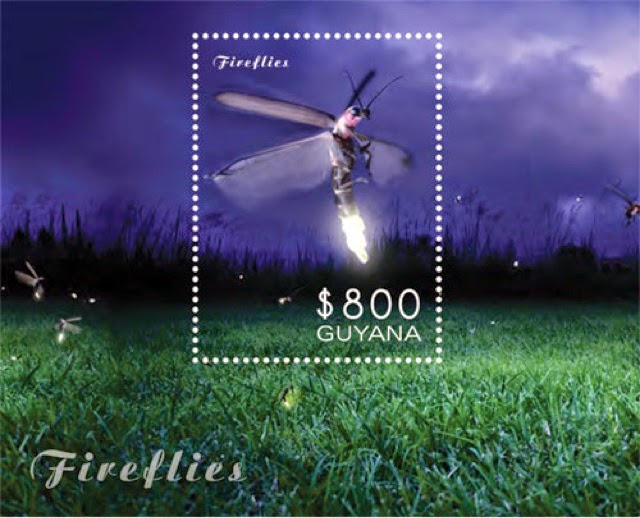Blink and you’ll miss them this summer. Around the world, people are reporting that local firefly populations are shrinking or even disappearing. The insect’s dilemma first came to the world’s attention at the 2010 International Firefly Symposium, where researchers from 13 nations presented evidence of firefly population declines and declared “an urgent need for conservation of their habitats.” Since then, additional conferences and several scientific papers have documented regional firefly disappearances, and at least two citizen-science projects are attempting to document the phenomenon, but the full scope of the problem remains to be uncovered, says firefly researcher Ben Pfeiffer, founder of Firefly.org, a website about the decline of the insects, also called lightning bugs.
“It’s worrying,” said Pfeiffer. “When people see a habitat that’s got three, four, five different species of firefly flashing, each with a different flash pattern, it’s an amazing thing. It changes their lives, but few people get to see that anymore.”
The exact extent of the decline is unknown, but early indications suggest that lightning bug populations have shrunk in many places and disappeared from others. “Everyone is reporting declines,” said Eric Lee-Mäder, codirector of the pollinator program for the Xerces Society for Invertebrate Conservation.
The causes, however, appear to be clearer: a combination of habitat degradation and loss, light pollution, destruction of water tables, and pesticides, Pfeiffer said.
“You can wipe fireflies out really easily,” he added. “It’s not hard. You’ve got a one-acre plot, and you put a house there. Good-bye, fireflies. They’ll never be there again.”
The loss of fireflies, which are beetles, can have multiple effects on their ecosystems. For one thing, some firefly species—there are at least 170 in the U.S.—play a role in pollination. They’re not as essential as bees, but they help pollinate milkweed, goldenrod, wild sunflowers, and other species.
More important, however, firefly larvae are voracious predators that live in the ground and eat slugs, snails, worms, aphids, and other problem critters that would otherwise grow out of control. “I call them nature’s pest control,” Pfeiffer said. (On the other side of the dinner table, fireflies are important food sources for species such as bats and spiders.)
The insects play a role in human health as well. Two of the enzymes fireflies use to create their bioluminescent flashes—luciferin and luciferase—are used to track the growth of cancer tumors, among other things. Fireflies have also been used to help detect bacteria in food products.
Source: Take Part, July 7, 2016
http://www.takepart.com/article/2016/07/07/firefly-populations-are-blin…

- Login om te reageren
